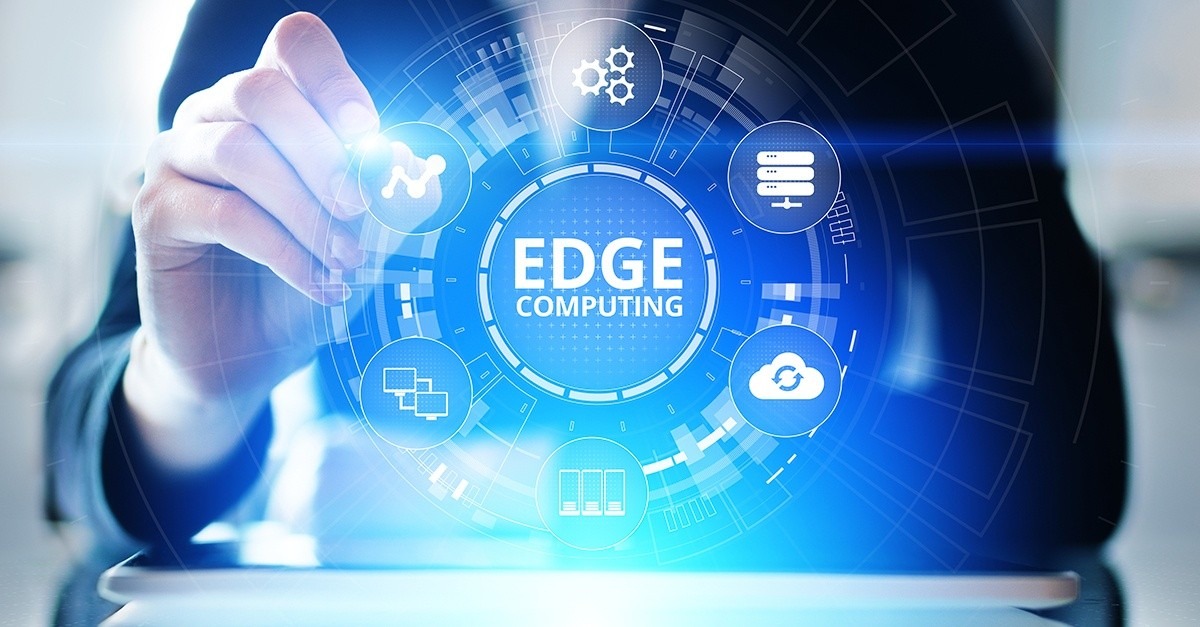In today’s interconnected world, where the Internet of Things (IoT) is increasingly prevalent, the demand for efficient data processing and real-time analytics has never been higher. Traditional cloud computing architectures, while powerful, often struggle to meet the latency and bandwidth requirements of modern applications. Enter edge computing, a paradigm-shifting approach that brings computation and data storage closer to the source of data generation. In this article, we’ll explore the concept of edge computing, its applications, and its impact on IoT.
Understanding Edge Computing
What is Edge Computing?
Edge computing refers to the decentralized processing of data at or near the source of data generation. Instead of relying on a centralized data center, edge computing distributes computational tasks across a network of edge devices, such as routers, gateways, and IoT devices. By processing data locally, edge computing reduces latency, conserves bandwidth, and enables real-time decision-making, making it ideal for applications that require low latency and high responsiveness.
How Does Edge Computing Work?
In edge computing architectures, data is processed, analyzed, and acted upon locally before being transmitted to a centralized data center for further processing or storage. This distributed approach reduces the need to transfer large volumes of data over the network, minimizing latency and bandwidth usage. Edge devices often run lightweight software, such as edge computing platforms or edge analytics software, to perform tasks such as data filtering, aggregation, and analysis in real-time.
Applications of Edge Computing
IoT and Smart Devices
One of the primary applications of edge computing is in IoT and smart devices. By processing data locally on edge devices, IoT applications can respond quickly to events and make intelligent decisions in real-time. For example, in a smart home environment, edge computing enables devices such as thermostats, security cameras, and door locks to communicate and coordinate with each other without relying on a centralized server. This results in faster response times and increased reliability, enhancing the overall user experience.
Autonomous Vehicles
Edge computing plays a critical role in autonomous vehicles, where split-second decisions can mean the difference between safety and disaster. By leveraging edge computing capabilities, autonomous vehicles can process sensor data and make driving decisions in real-time, without relying on a remote server or cloud infrastructure. Edge computing enables autonomous vehicles to react quickly to changing road conditions, traffic patterns, and potential hazards, enhancing safety and reliability.
The Impact of Edge Computing on Data Processing
Reduced Latency
One of the key advantages of edge computing is its ability to reduce latency by processing data closer to the source. By minimizing the distance that data must travel over the network, edge computing enables faster response times and improved application performance. This is particularly important for latency-sensitive applications such as real-time analytics, video streaming, and online gaming.
Bandwidth Optimization
Edge computing also helps optimize bandwidth usage by reducing the volume of data that needs to be transmitted over the network. By processing and filtering data locally, edge devices can send only the most relevant information to the centralized data center, reducing network congestion and bandwidth costs. This is especially beneficial in environments with limited network connectivity or high data transfer costs.
Conclusion
Edge computing represents a paradigm shift in data processing and IoT, enabling real-time analytics, reduced latency, and improved reliability. By bringing computation and data storage closer to the source of data generation, edge computing offers numerous benefits across a wide range of applications, from IoT and smart devices to autonomous vehicles and industrial automation. As organizations continue to adopt edge computing technologies, we can expect to see further innovation and advancements in the field, driving the next wave of digital transformation.

